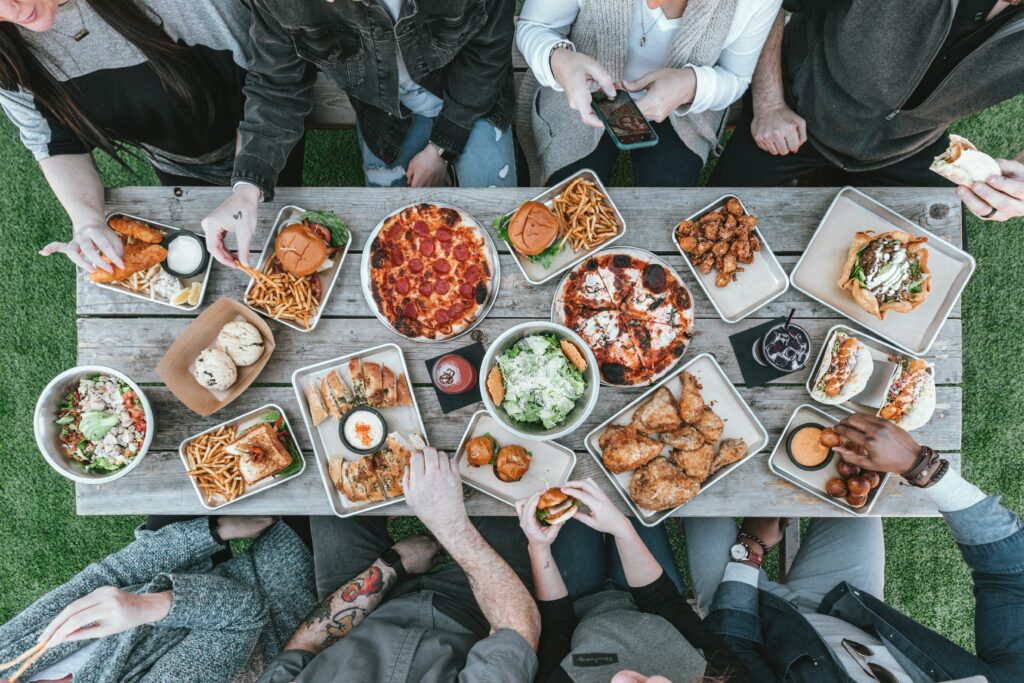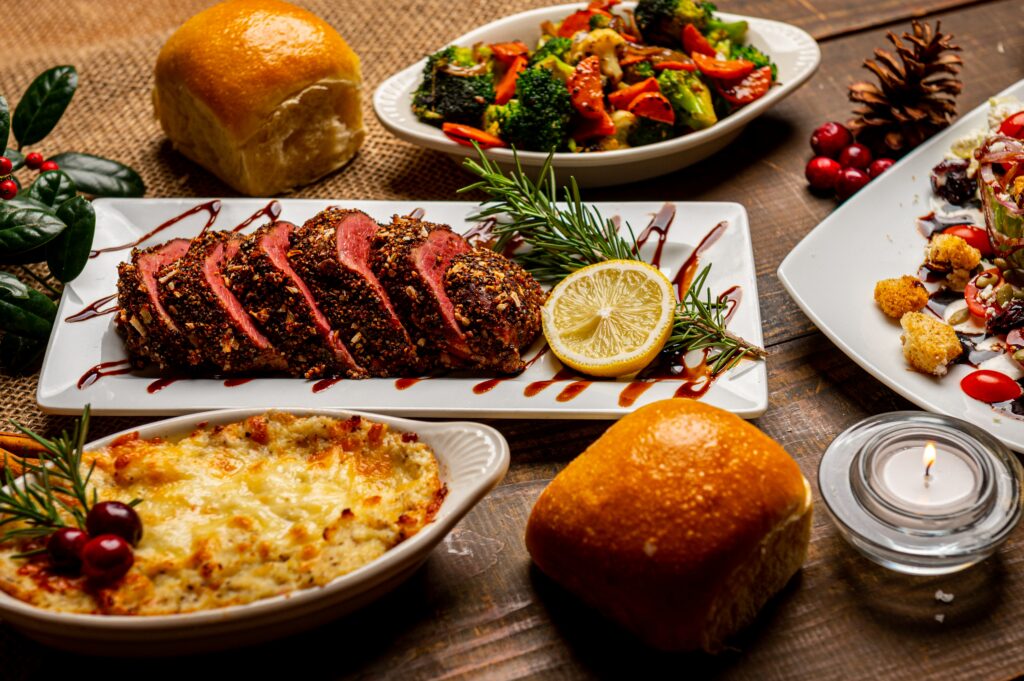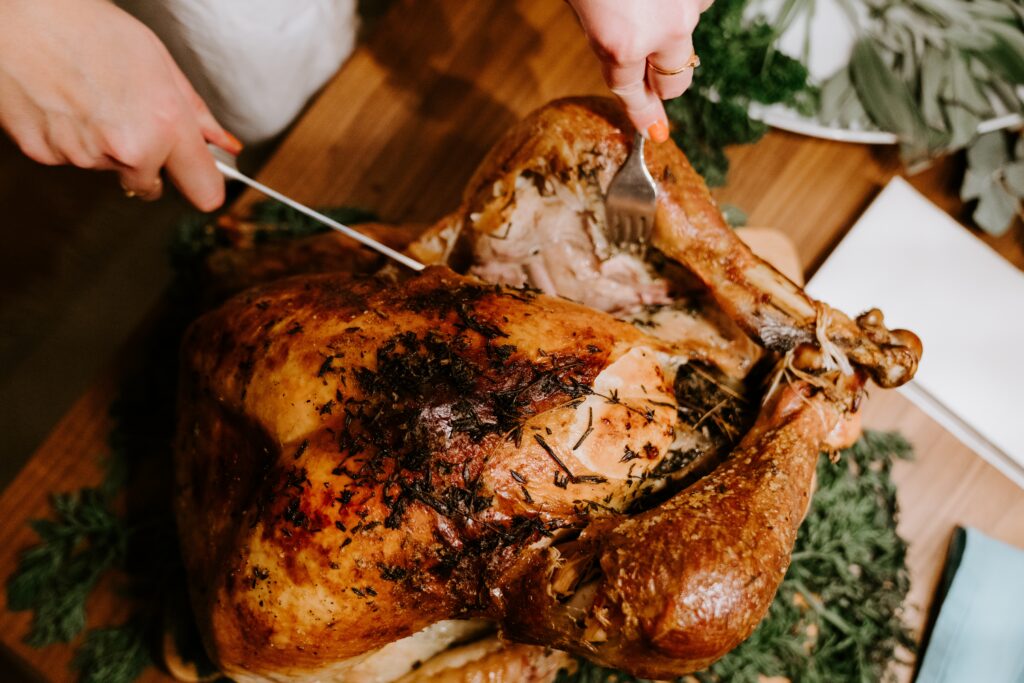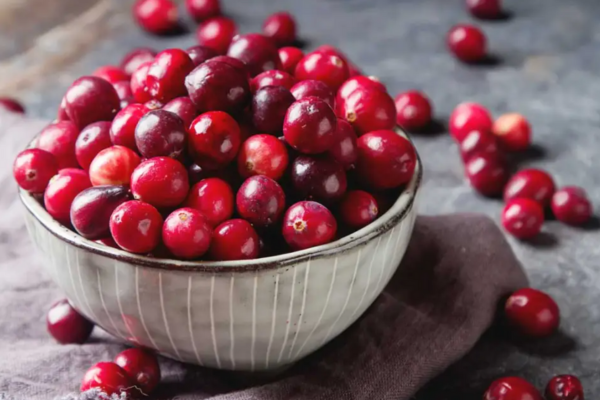Unlocking the Science behind Thanksgiving
Thanksgiving, a holiday deeply rooted in culinary tradition and gastronomic delight, provides a unique opportunity for food scientists to unravel the intricacies of ingredients that grace our tables. Secondly, this celebration serves as a feast for the curious minds of food scientists. Delve into the scientific aspects of Thanksgiving ingredients that contribute to the complexity, flavor, and texture of this culinary masterpiece.


Turkey: The Center of Thanksgiving Flavor Chemistry
Thanksgiving’s pièce de résistance, the turkey, offers an enticing platform for food scientists to explore flavor chemistry. The Maillard reaction, a complex browning process involving amino acids and reducing sugars, creates the coveted golden crust. Moreover, the process enhances visual appeal and contributes to the development of a rich and savory flavor profile.
Thanksgiving Cranberries: The Chemistry of Tartness
Cranberries, with their tartness, intrigue food scientists with their unique chemistry. The acidity of cranberries is due to their low pH; ideal for the study of acid-base reactions in recipes. Furthermore, the transformation of cranberry compounds during cooking, such as the breakdown of pectin and the release of anthocyanins, is a fascinating aspect of cranberry-based dishes.
Potatoes: Starches and Texture Analysis
Potatoes, in various forms, undergo intriguing texture transformations. For example, mashed potatoes, are a case study in starch gelatinization. Additionally, scientists can investigate the temperature impact, mashing techniques, and the choice of potato on the texture of this dish.
Stuffing: The Science of Moisture Retention
Stuffing, a quintessential Thanksgiving dish, presents food scientists with a challenge and an opportunity. What’s more, bread has the ability to absorb moisture without becoming overly soggy, thanks to its cell structure and hygroscopic properties, is a subject of investigation. Subsequently, achieving the perfect balance between moisture retention and textural integrity is a scientific endeavor in itself.
Pumpkin: The Flavor Chemistry of Cucurbita
Pumpkin pie, an iconic Thanksgiving dessert, involves the study of cucurbita chemistry. The flesh contains a blend of sugars, carotenoids (like beta-carotene), and enzymes that, when subjected to heat, contribute to the development of its characteristic flavor and color. Food scientists can delve into the complexities of these reactions to optimize pie formulations.

Let's Give Thanks to Our Food Scientists
Beyond its culinary delights, Thanksgiving serves as a laboratory for food scientists to delve into the intricate world of ingredient interactions, chemical reactions, and texture optimization. While the holiday is a time for gratitude, it’s also an occasion to appreciate the scientific marvels that occur in our kitchens. These holiday ingredients are not merely components of a meal; they are windows into the fascinating world of food science, where flavor, chemistry, and innovation converge in a delicious symphony.
Read more….
The Pumpkin Revolution: How This Versatile Ingredient is Reshaping the Food Industry
The Top 5 Questions About Breadcrumbs Answered
Exploring Innovative and Natural Sweetening Solutions for Modern Food Manufacturing
